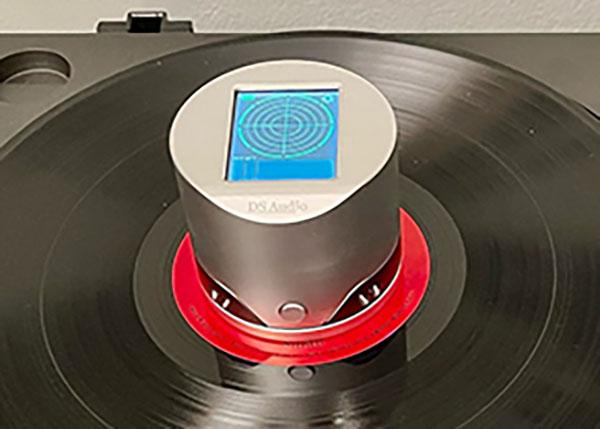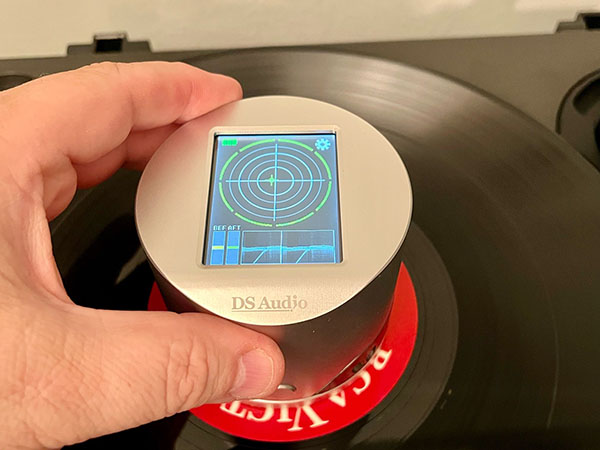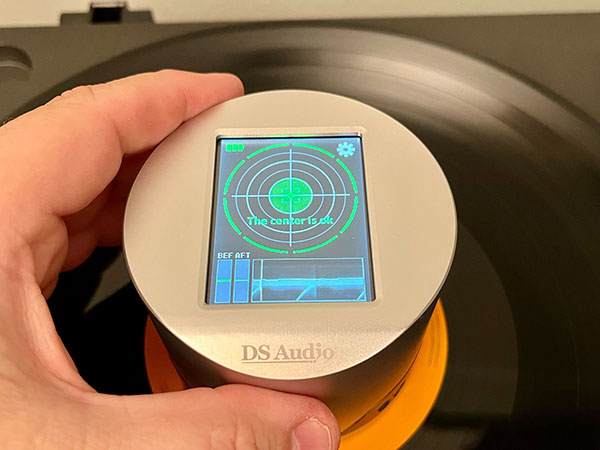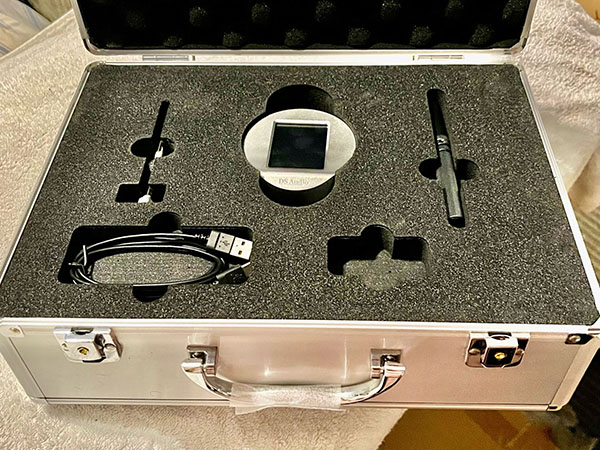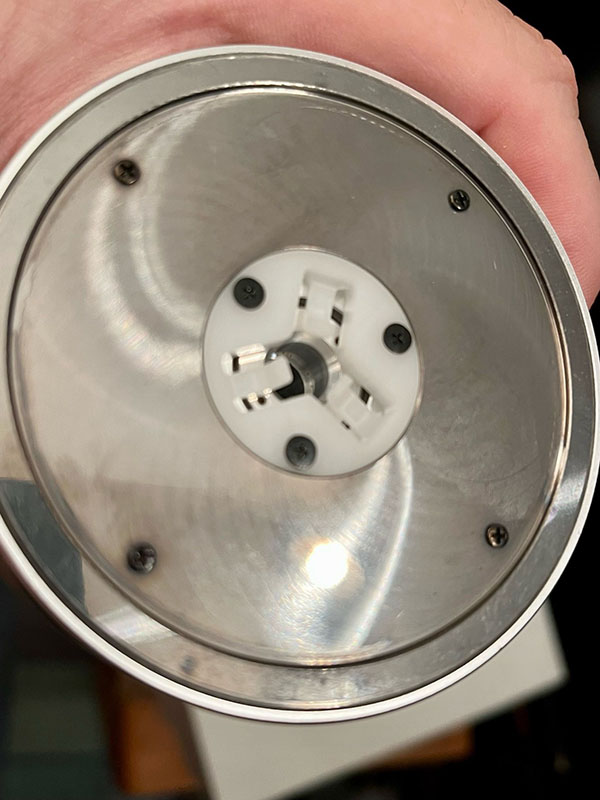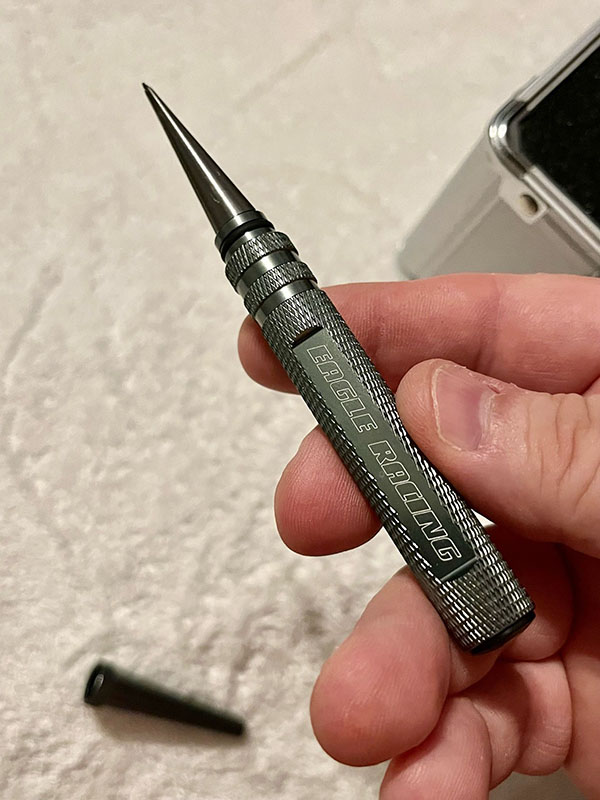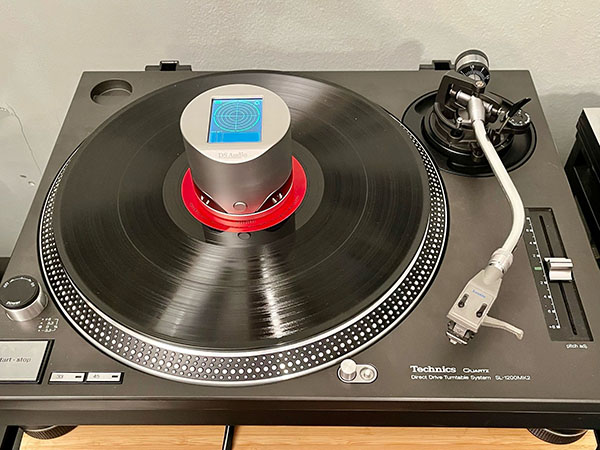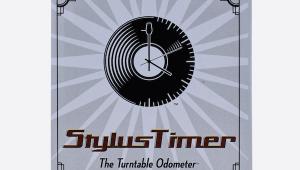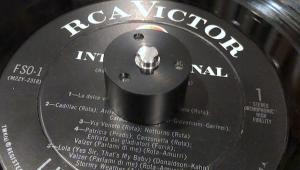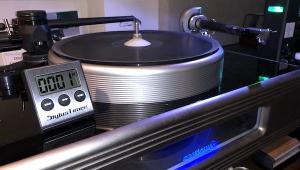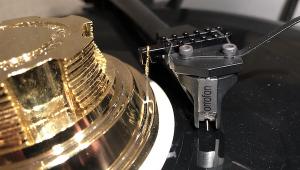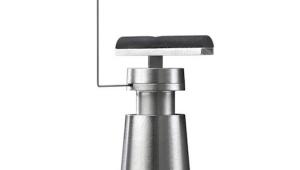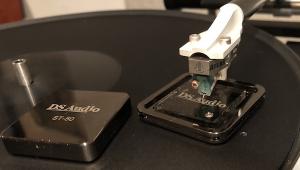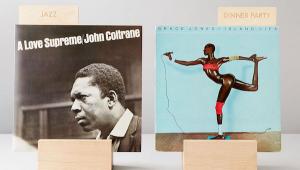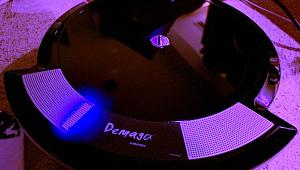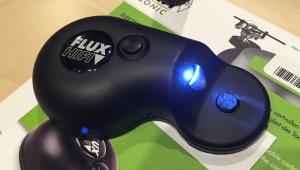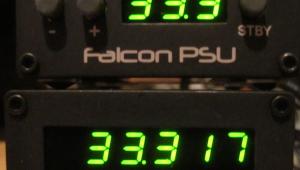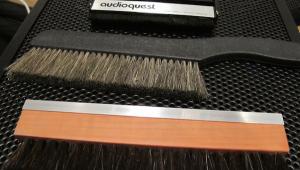To some extent I have been doing something similar for the past 50 years ( manipulating the centre hole of off centre pressings). However this device promises more accuracy. The main problem is that although although it indicates if it is OFF centre finding the correct centre seems still to involve a fair bit of trial and error. Remember too that what is correct for side one may be incorrect for side two especially is misaligned stampers in the press are the cause. Getting both sides of an LP correct could seemingly take a long time - one album an evening :-)?
This is a real problem and it is great to see another attempt to address it. It shows new thinking but the price for what is not an easy solution is off putting but might encourage something with a more realistic tariff.
